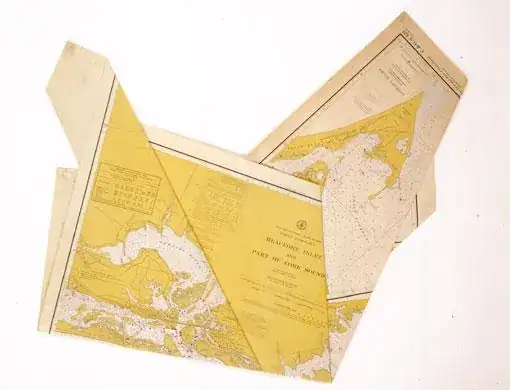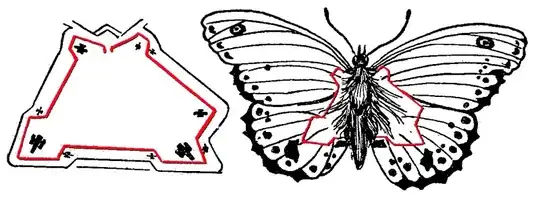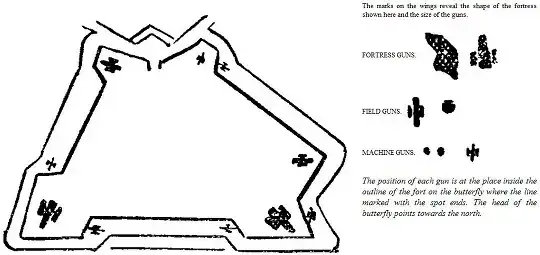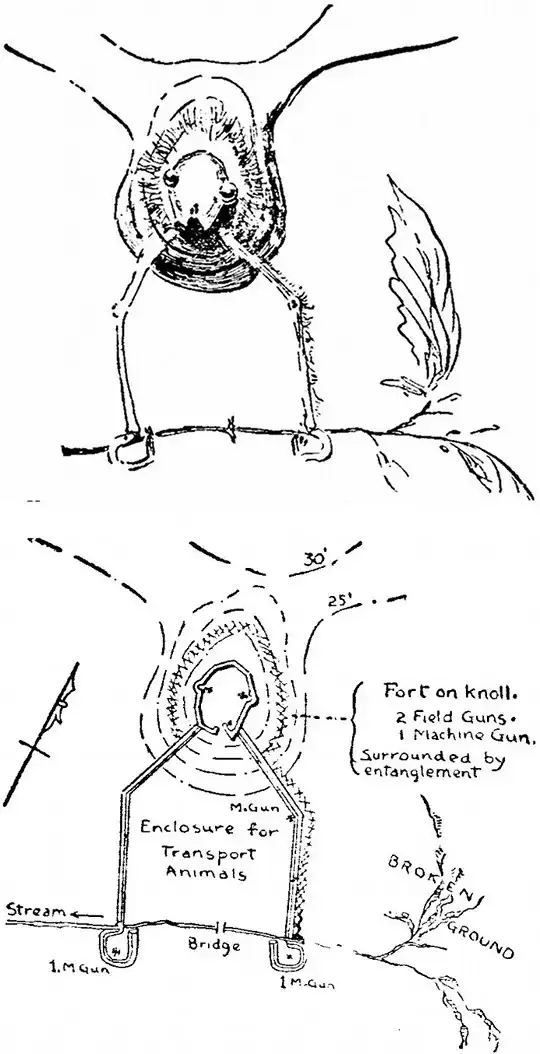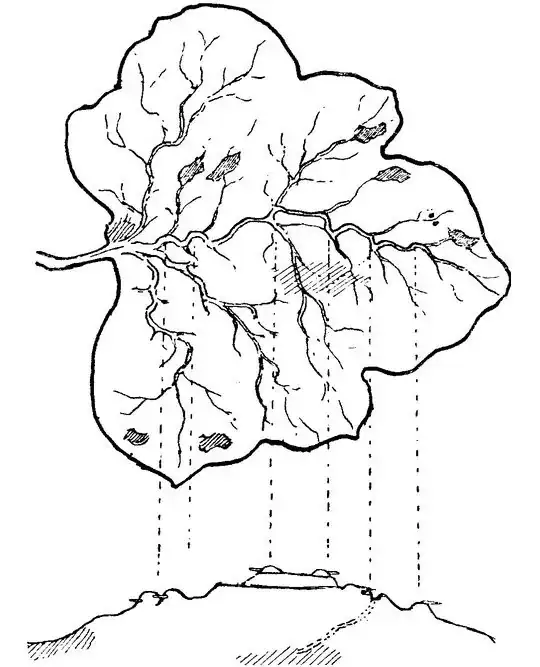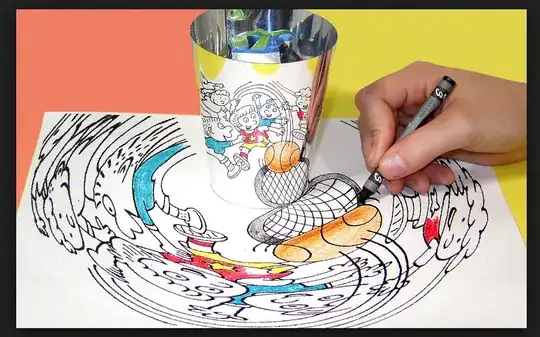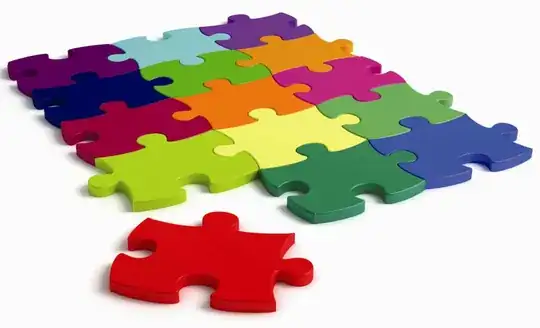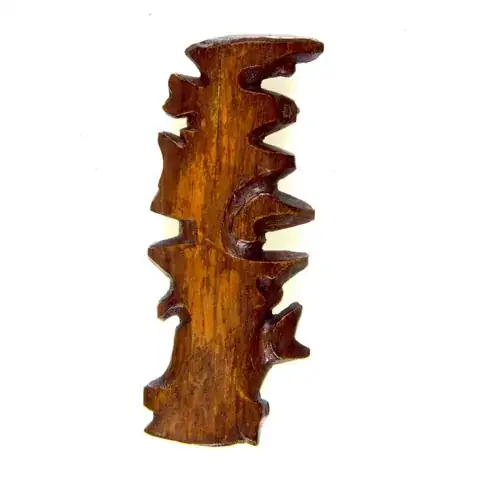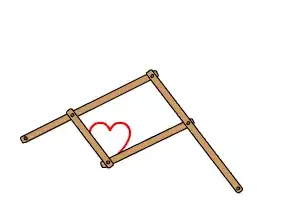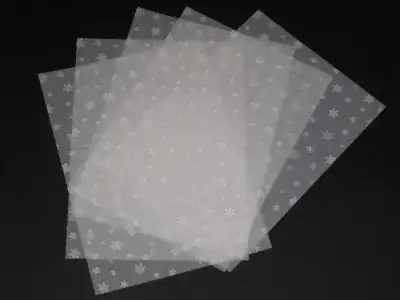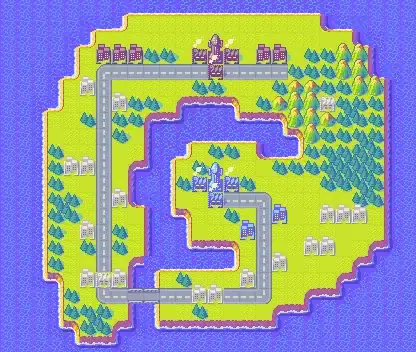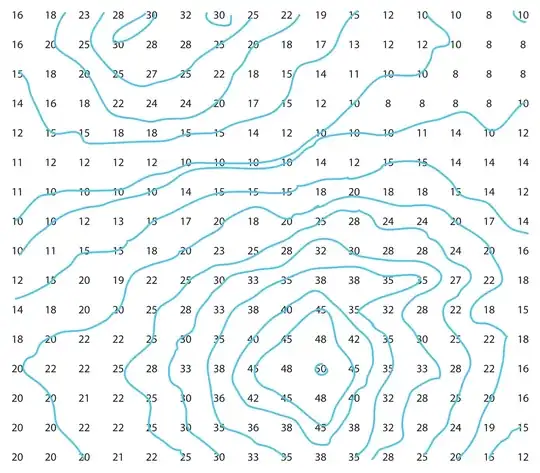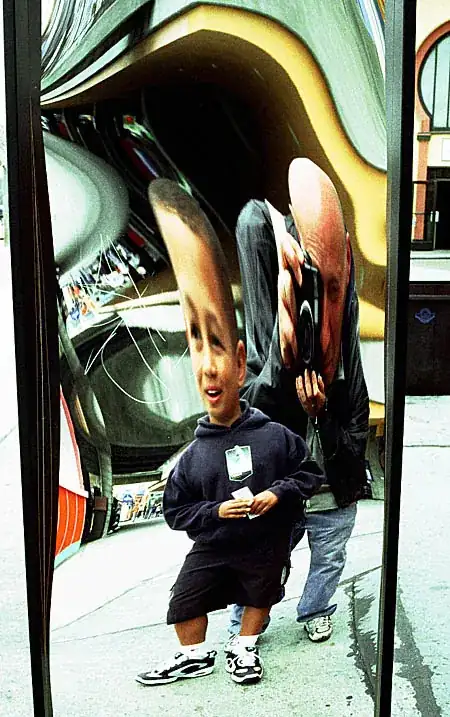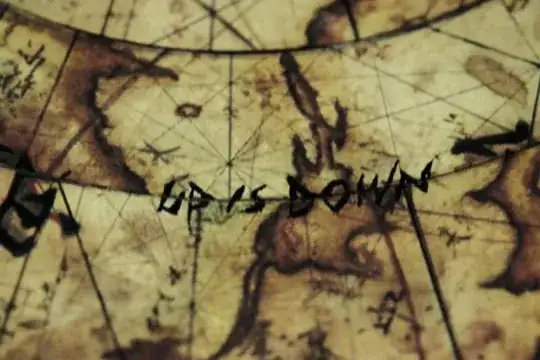Encrypting texts is a very old technique, which is known already from the time of the Romans, if not earlier. Now a simple text cypher is easily done with low-tech means, as long as those trying to break the code also have to rely on low tech.
Now medieval maps were often secrets. Therefore one might imagine that some medieval king wants his maps encrypted as well. Now it's of course easy to encrypt names using any text cypher, and moreover you may use non-standard symbols for landmarks. However, those would probably be easy to decode for anyone who is familiar with at least a small part of the mapped landscape. Therefore an effective encryption would need to encrypt the actual map, including the positions and relations of the landmarks to each other.
Therefore my question is: How might one encrypt a map?
The conditions are:
- Encryption/decryption should be doable with medieval means.
- For someone familiar with the encoding, it should be possible to decode the relevant features in little time, using only a minimum of tools (the map should be usable on travels).
- The encryption should be non-obvious to someone who is familiar with the mapped region, but doesn't know the encoding (that is, the encryption doesn't need to withstand modern cryptanalysis tools — the Caesar code wouldn't withstand them either — but it should not allow someone not knowing the code to look at the map and say "I recognize this region").
- In response to Keith: The map should be detailed enough that you can find your way, and can identify special spots (like the spot where you want to position your army, or the spot where you have buried the secret chest). However, the map can be amended with written information for details (for example, if it allows you roughly to get to the place of the buried chest, the exact placement could be written in a text referring to the landmarks around), so there's no need for extreme precision.
